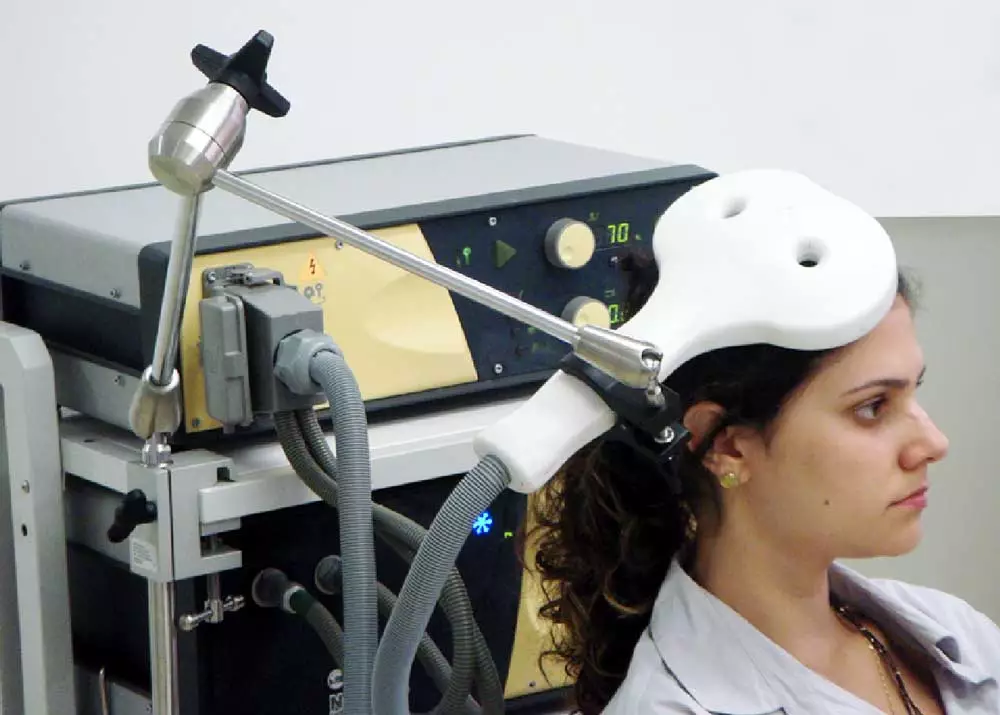Obsessive-Compulsive Disorder (OCD) affects millions of people, and finding the right treatment can feel like an endless cycle of trial and error. Many individuals with OCD try medications or cognitive-behavioral therapy (CBT) and still struggle with persistent symptoms. That’s where TMS therapy for OCD is making a major difference. Transcranial Magnetic Stimulation (TMS), or magnetic brain stimulation therapy, is a breakthrough, non-invasive treatment that’s gaining traction in treating OCD. But why is it so revolutionary? Here are seven ways TMS therapy is changing the game for people dealing with OCD.
1. Targeting the Root of OCD Symptoms
One of the most impressive aspects of TMS for OCD is its precision. Instead of taking a broad approach like medications, which affect the entire brain, magnetic brain stimulation therapy directly targets specific areas involved in obsessive-compulsive behaviors. The treatment focuses on brain regions, such as the prefrontal cortex, which are crucial in regulating emotions and decision-making. By stimulating these areas, TMS therapy helps disrupt the faulty brain circuits that drive obsessive thoughts and compulsive actions.
Patients who have undergone TMS therapy for OCD often report a reduction in intrusive thoughts and a decrease in the urgency to perform compulsive behaviors. This targeted approach has given many individuals their lives back, enabling them to manage their symptoms better and improve daily functioning.
2. FDA-Approved for OCD Treatment
In 2018, the FDA officially approved TMS therapy for OCD, offering a stamp of legitimacy for this treatment. This approval came after extensive research and clinical trials demonstrated the effectiveness of TMS therapy for individuals who haven’t responded to traditional treatments.
FDA approval also means that TMS for OCD is often more widely available and covered by insurance. This opens access to individuals previously limited to less effective or poorly tolerated treatments.
3. Non-Invasive and Drug-Free Treatment
For many people dealing with OCD, medications can come with a laundry list of side effects—fatigue, weight gain, or emotional blunting, to name a few. TMS therapy for OCD offers an alternative that doesn’t require medication and is non-invasive, meaning it doesn’t involve surgery or any form of anesthesia. Magnetic brain stimulation therapy uses electromagnetic pulses to stimulate areas of the brain associated with OCD without the need for drugs, providing a drug-free treatment option for those who either cannot tolerate medications or simply want to avoid them. This means you can return to your daily routine immediately after treatment, making it an appealing option for busy people who want a treatment that doesn’t disrupt their day-to-day activities.
4. Minimal Side Effects Compared to Medication
When it comes to treating OCD with medications, side effects are often one of the biggest downsides. Common issues with traditional medications include nausea, dizziness, sexual dysfunction, and, in some cases, worsening anxiety or depression. TMS for OCD, on the other hand, is associated with far fewer side effects. The most common are mild headaches or scalp discomfort during or after the session, but these typically subside after the first few treatments.
5. Effective for Treatment-Resistant OCD
One of the most exciting breakthroughs of TMS therapy is its effectiveness for patients with treatment-resistant OCD. These are individuals who have tried multiple medications and therapies without finding lasting relief. TMS for OCD is proving to be a game-changer for those who have been stuck in a cycle of failed treatments. Research shows that TMS therapy can significantly reduce OCD symptoms, even for those who have struggled for years with minimal progress.
What makes TMS therapy for OCD particularly promising is its long-lasting effects. Many patients experience improvements that extend well beyond the treatment period, offering sustained relief from the relentless cycle of obsessions and compulsions. This can dramatically improve quality of life, helping people regain control over their thoughts and behaviors.
6. Combines Well with Cognitive-Behavioral Therapy (CBT)
While TMS therapy is a powerful standalone treatment, it also pairs well with cognitive-behavioral therapy (CBT), a well-established treatment for OCD. CBT helps patients manage their OCD symptoms by teaching them strategies to confront and change their obsessive thoughts and compulsive behaviors. However, TMS therapy for OCD works on a neurological level, helping to retrain the brain’s wiring, which can enhance the effectiveness of CBT.
7. Accessible and Convenient
Another key reason TMS is revolutionizing OCD treatment is its convenience and accessibility. TMS therapy sessions are relatively short, typically lasting between 20 and 40 minutes. This makes it easy to fit into your daily routine, even with a busy schedule. Additionally, more clinics offering TMS therapy in Houston and other cities nationwide have made the treatment widely available, reducing the need for long wait times or traveling far to access care.
Is TMS the Right Choice for Your OCD?
If you’re struggling with OCD and haven’t found relief with traditional treatments, TMS therapy for OCD could be the solution you’ve been waiting for. With its ability to target the specific areas of the brain involved in OCD, minimal side effects, and its proven effectiveness for treatment-resistant cases, TMS therapy offers a promising path forward.
Visit Salience Neuro for magnetic brain stimulation therapy and how it can provide the relief you’ve been searching for.



